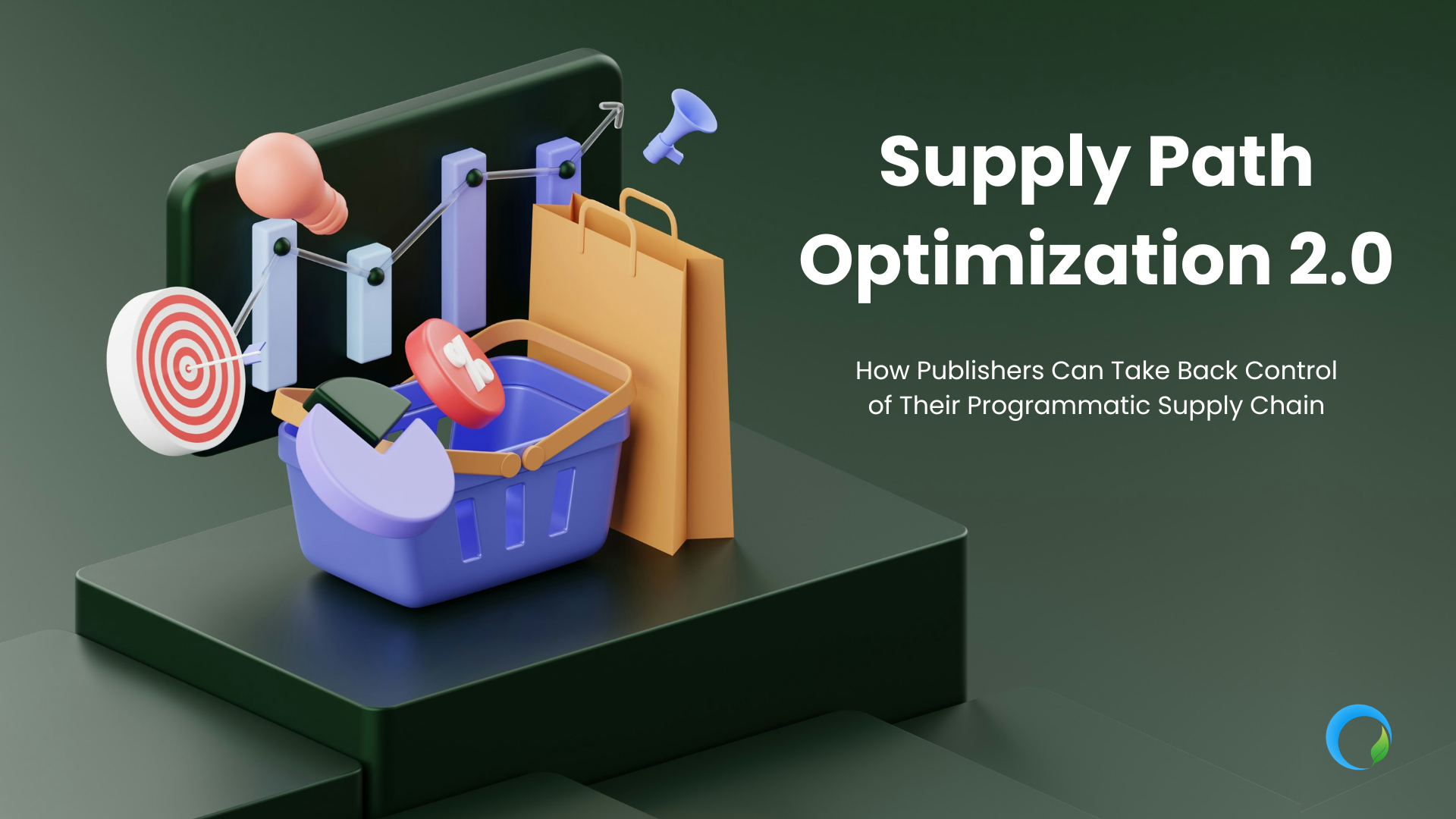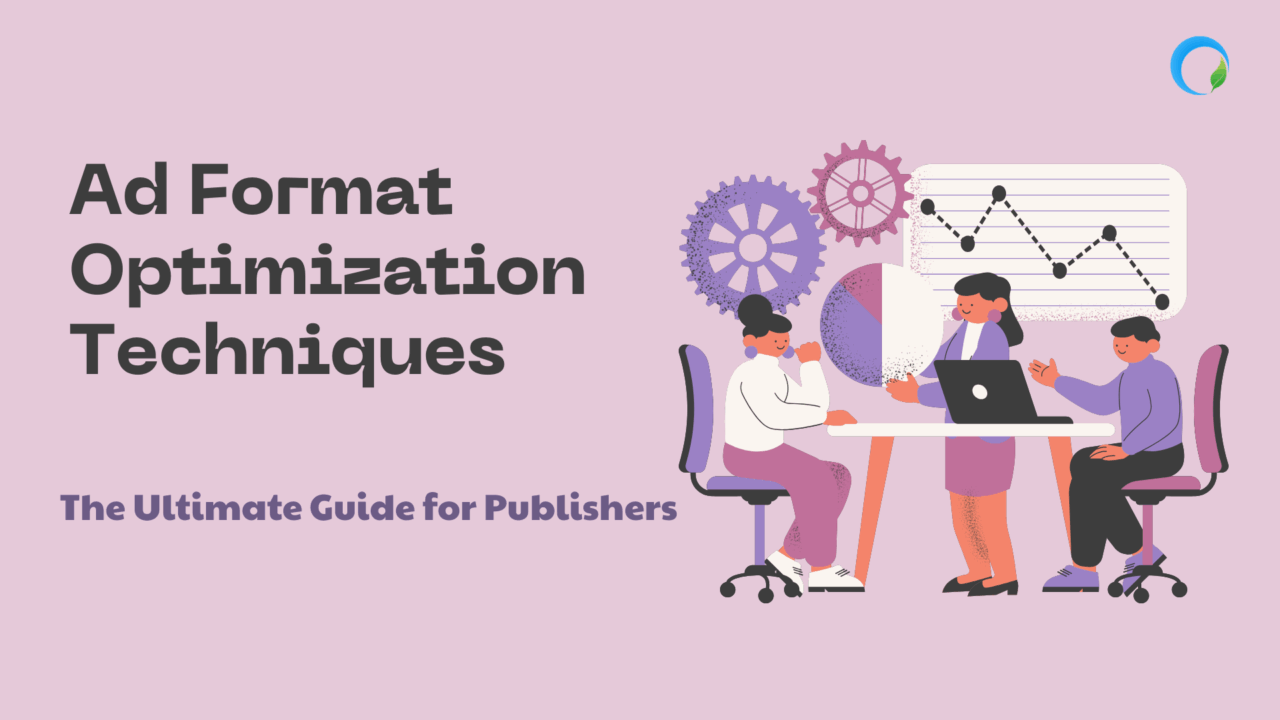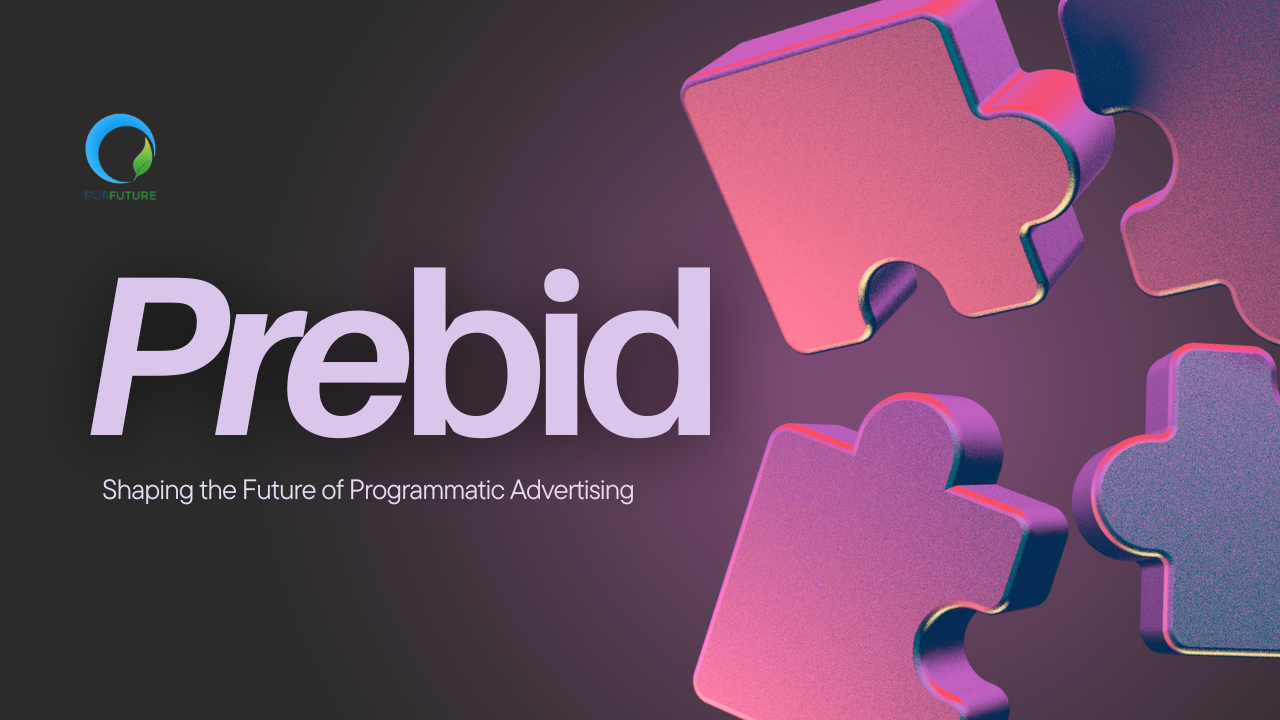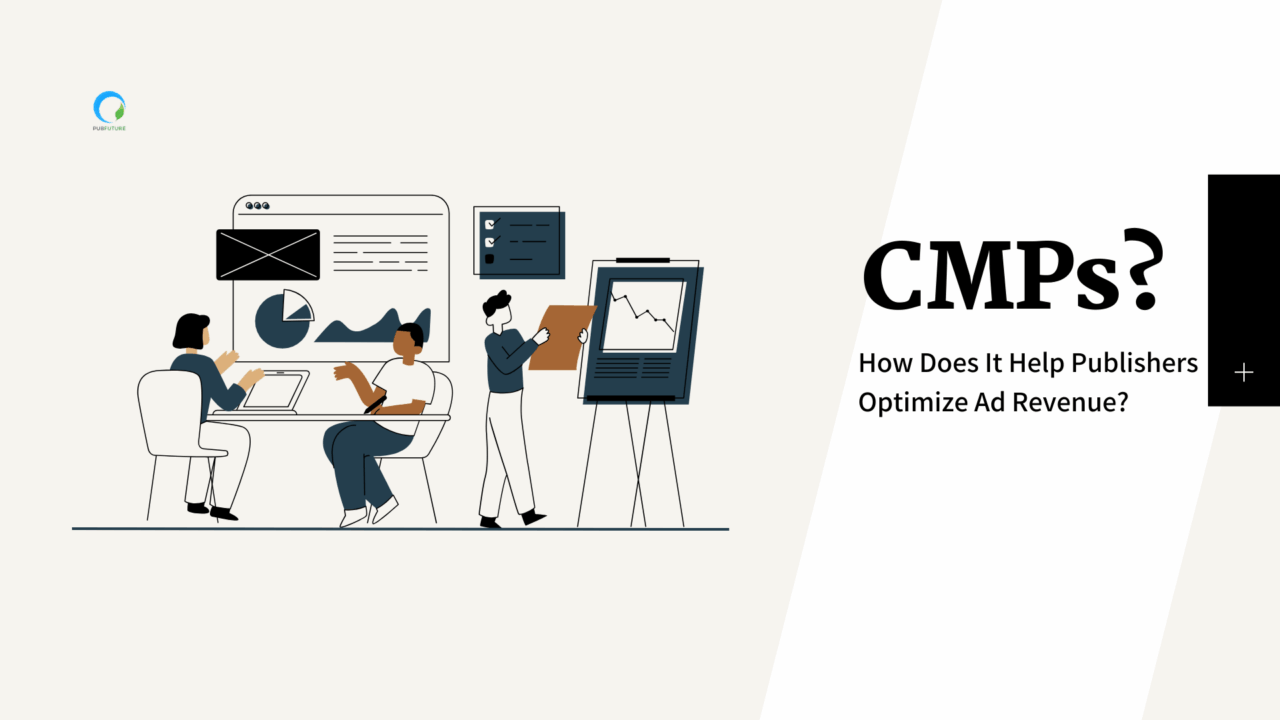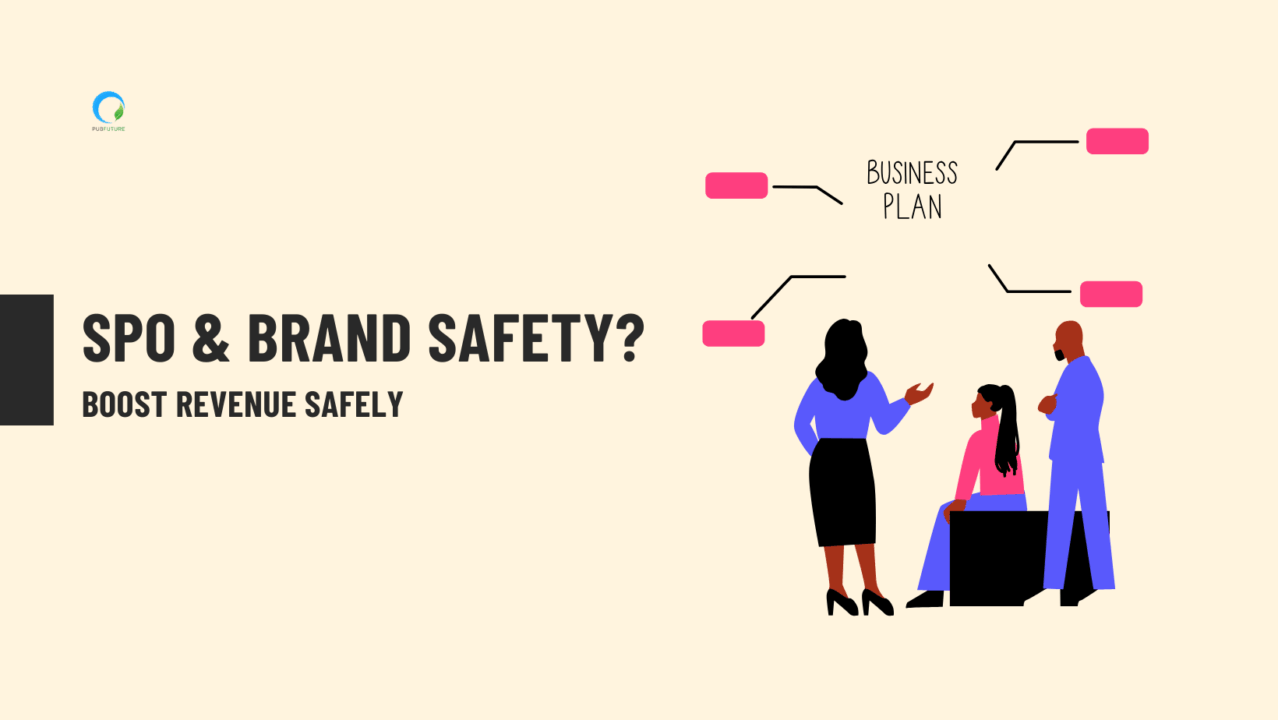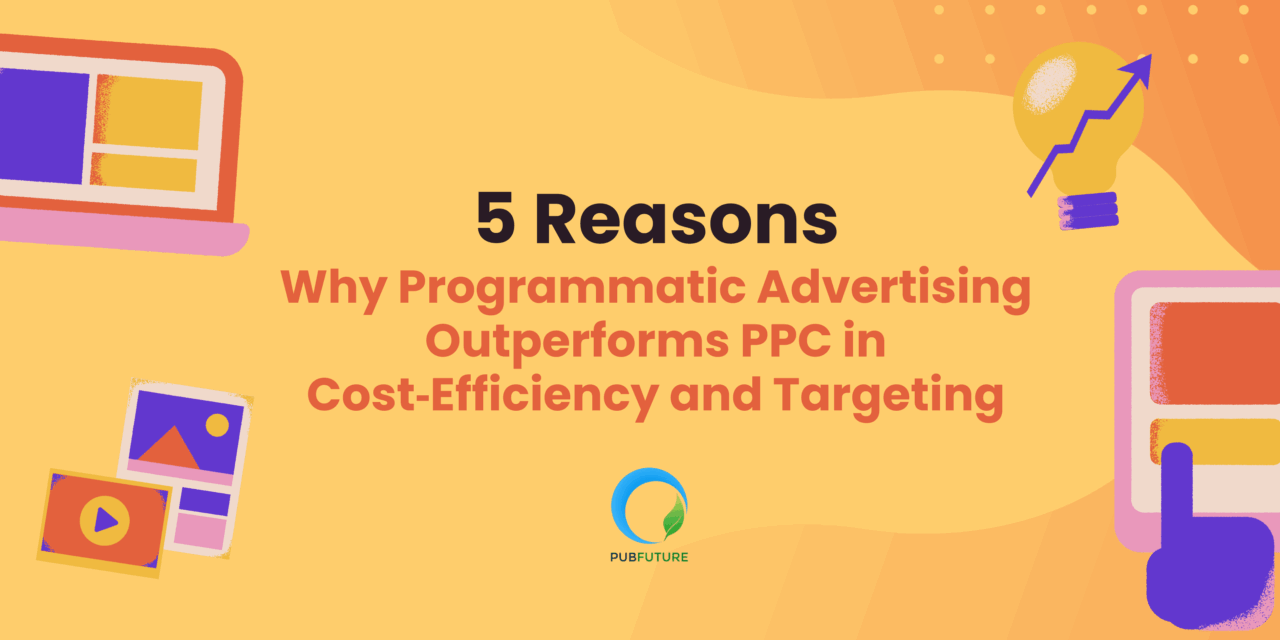If you’re a publisher running multiple SSP connections or exchanges, you’ve likely heard of Supply Path Optimization (SPO) — a strategy traditionally used by advertisers to make programmatic media buying more transparent and efficient.
But the game is changing. Today, publishers are also adopting SPO principles to streamline their monetization stack, strengthen direct demand relationships, and reduce revenue leakage.
Welcome to SPO 2.0 — the next evolution of transparency and control in programmatic advertising.In this article, we’ll break down what SPO really means for publishers, how it’s evolving, and how PubFuture helps you implement it to achieve higher CPMs, cleaner auctions, and stronger buyer trust.
1. What Is Supply Path Optimization (SPO)?
Supply Path Optimization (SPO) refers to the process of analyzing and improving the paths programmatic ad impressions take from the publisher (supply side) to the advertiser (demand side).
In a typical programmatic transaction, multiple intermediaries — such as SSPs (Supply-Side Platforms), ad exchanges, and resellers — are involved before an impression is sold. Each step adds latency, potential data loss, and ad-tech fees. SPO aims to minimize these inefficiencies by identifying the most direct, transparent, and cost-effective paths to connect with demand partners.

For instance:
Instead of selling your inventory through three intermediaries, a buyer may prefer a direct path to your SSP or a Private Marketplace (PMP) deal — ensuring more ad spend reaches you, the publisher.
2. SPO 1.0 vs SPO 2.0: The Evolution
| Aspect | SPO 1.0 (Buyer-Focused) | SPO 2.0 (Collaborative) |
| Objective | Reduce ad tech fees | Build transparent, efficient ecosystems |
| Driven by | Advertisers & DSPs | Publishers + SSPs + Buyers |
| Focus | Cost efficiency | Yield, transparency, trust |
| Impact | Buyer-side optimization | Shared benefit for both sides |
SPO 2.0 represents a shift from a purely buyer-driven initiative to a collaborative model where publishers also play an active role in shaping transparent, efficient supply paths that maximize yield.
3. Why SPO Matters for Publishers
While SPO originally benefited advertisers, it now provides critical advantages for publishers who want to take back control of their programmatic supply chain.
💰 Higher Revenue Efficiency
Reducing unnecessary intermediaries minimizes fee leakage, meaning a larger portion of advertiser spend reaches your bottom line.
🔍 Greater Data Visibility
Understanding how your inventory flows through different exchanges allows you to identify top-performing demand sources and eliminate redundant or low-value ones.
⚡ Cleaner, Faster Auctions
Streamlined supply paths reduce bid duplication and latency, improving auction dynamics and increasing bid density on quality impressions.
🌿 Sustainable Ad Delivery
Optimized supply chains result in fewer server calls and lower energy consumption — an emerging metric in green programmatic advertising.
4. How Publishers Can Implement SPO 2.0

Ready to put SPO into practice? Here’s a step-by-step roadmap:
4.1. Audit Your Supply Chain
Start by mapping all SSPs, resellers, and exchanges listed in your ads.txt and sellers.json files. Identify duplicate or underperforming connections.
4.2. Analyze Log-Level Data
Review bid requests, win rates, and take rates across your SSPs. Use analytics tools or your monetization partner to pinpoint inefficiencies and latency issues.
4.3. Prioritize Direct Paths
Establish preferred supply routes with high-value SSPs or create direct DSP relationships through PMPs or programmatic guaranteed deals.
4.4. Embrace Transparency Tools
Keep your ads.txt, sellers.json, and SupplyChain Object updated. These IAB-compliant tools increase buyer confidence and ensure transparency across the ecosystem.
4.5. Collaborate with Buyers
Build two-way communication with agencies and DSPs. Sharing SPO insights and performance data helps both sides achieve more efficient, higher-value transactions.
5. Common Challenges and How to Overcome Them
⚠️ Over-Consolidation Risk
Eliminating too many SSPs can reduce competition and liquidity. Maintain a balanced mix of quality and diversity.
⚙️ Complex Data Management
SPO relies on deep log-level analytics. Without proper tools or expertise, publishers may struggle to extract meaningful insights.
🔄 Ongoing Maintenance
Supply paths evolve as partners update their integrations. SPO is not a one-time project — it’s an ongoing process that requires continuous monitoring.
6. How PubFuture Helps Publishers Simplify SPO
At PubFuture, we enable publishers to take full control of their programmatic supply chain — without the complexity.
Our solutions are designed to make SPO actionable and measurable:
✅ Transparent Demand Mapping
We identify redundant auction layers and highlight which SSPs drive the most incremental revenue.
✅ Preferred Partner Setup
We connect publishers with top-tier, verified demand partners to ensure premium access and stronger bid competition.
✅ Log-Level Data Insights
Our platform translates complex auction logs into visual performance dashboards — helping you optimize faster.
✅ Sustainable Programmatic Stack
PubFuture helps you minimize intermediaries, reduce latency, and build a more eco-friendly monetization infrastructure.
By partnering with PubFuture, publishers typically achieve:
📈 10–25% higher yield
⚡ Faster, more efficient auctions
🔒 Greater transparency and control over inventory distribution
7. The Future of SPO: Collaboration and AI
The next stage of SPO will be powered by automation and deeper cooperation across the ecosystem:
- AI-driven SPO models that analyze real-time bid data and dynamically select the most profitable supply paths.
- Publisher–Buyer transparency partnerships that eliminate blind spots in the programmatic chain.
- Sustainable programmatic initiatives, where efficient supply paths lower both costs and carbon footprint.
SPO 2.0 isn’t just about optimizing costs — it’s about building a cleaner, more trusted, and higher-yield programmatic future.
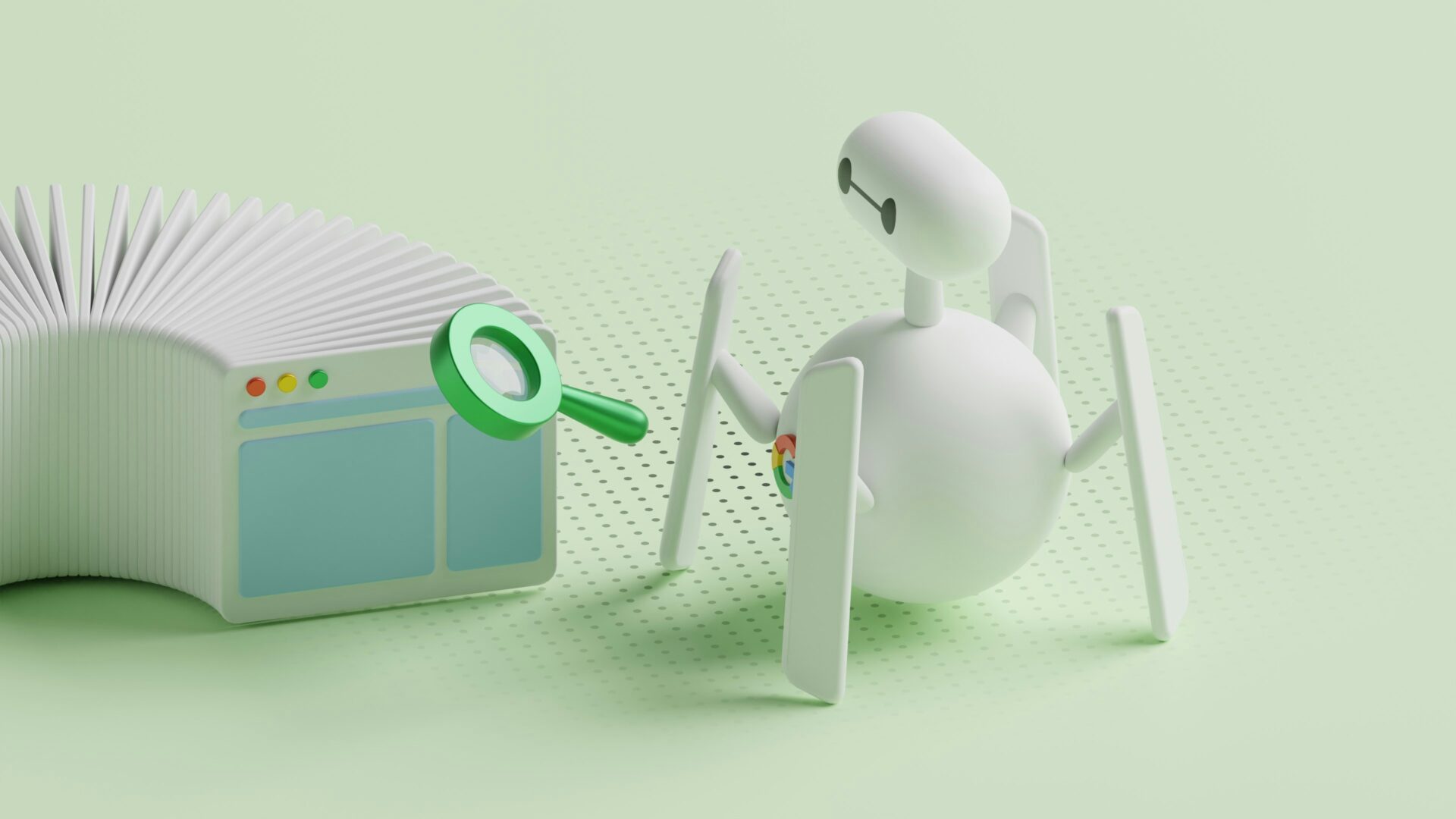
Conclusion: Streamline, Simplify, and Succeed with PubFuture
SPO 2.0 empowers publishers to take back control of their monetization strategy, ensuring every impression delivers its full market value.
By simplifying your programmatic supply chain, you can achieve:
- Transparent and traceable transactions
- Cleaner, faster auctions
- Higher CPMs and fill rates
- Long-term sustainability in ad operations
With PubFuture, publishers don’t need to navigate SPO alone.
Our team of programmatic experts helps you analyze, optimize, and future-proof your supply paths — so you can focus on growing your business, not managing complexity.




